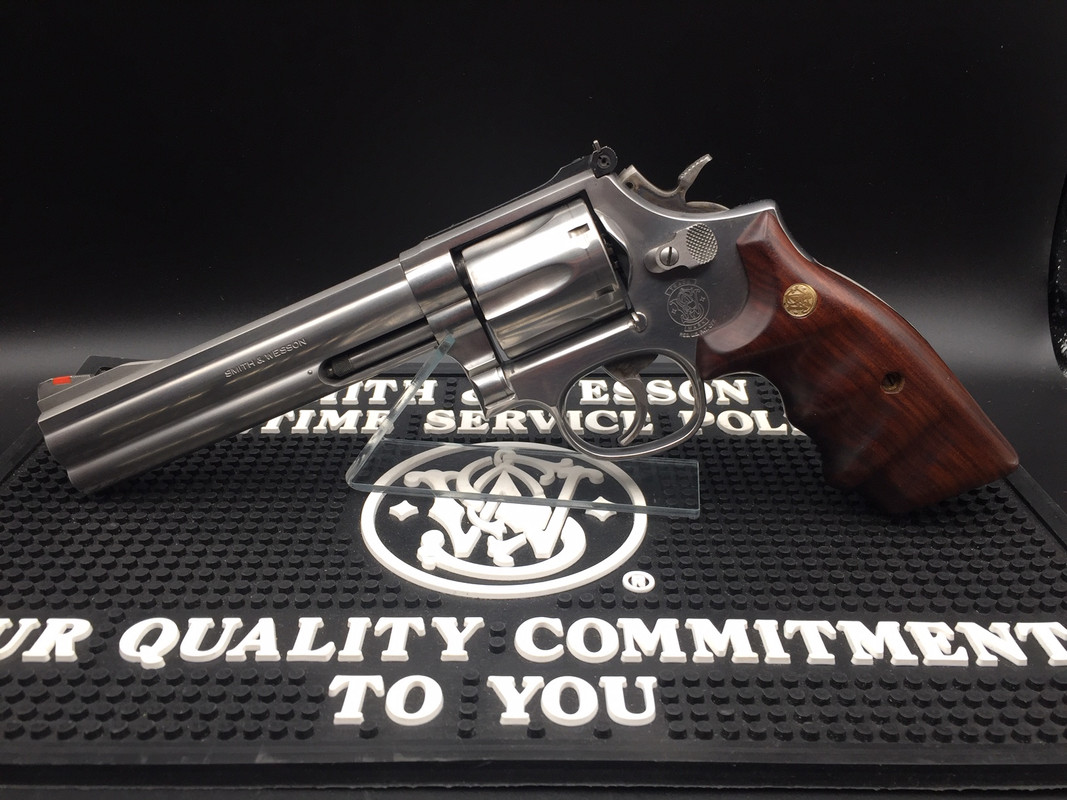Let me preface my comments by saying that I'm sure that the Spohur revolvers are very nice guns. That being said, I'm not sure that the U.S. market is the same as that in Germany and, for that reason, I doubt that they'll sell all that many here. The impression that I got from the video is that the gun is primarily designed for competition and, while I'm sure it's an excellent gun for that role, I don't think that's the main driver of the U.S. market.
I suspect that, like other guns made specifically for competition, the advantages of the Spohur will diminish quickly when used for other purposes. A rifle made for long-range benchrest shooting may be amazing for that purpose, but the very things that make it so good at what it does often make it less than ideal for tromping through the thicket and shooting Bambi. Likewise, a race gun made for open-division in practical shooting competitions is typically thought of as a poor choice for concealed carry. The primary reasons that someone buys a revolver in the United States are for personal defense or handgun hunting and, while I see no reason that the Spohur would necessarily be a bad choice for those roles, I don't know that it would be significantly better than a more common and affordable revolver like a S&W, Ruger, or Colt. A lot was made in the video about the hardened parts being able to maintain a very light trigger pull for extended use and, while a good feature for competition, I don't really see a 2.2 lb trigger being necessary, or even desireable, for hunting or self-defense. I guess I see the Spohur as being the same as most other specialized tools: it's great for a specialized task but not necessarily so fantastic for more general use.

